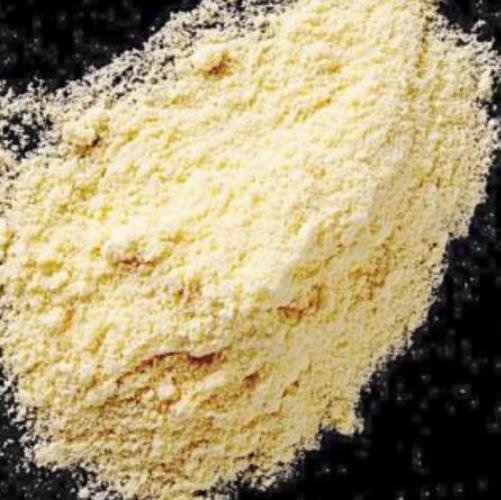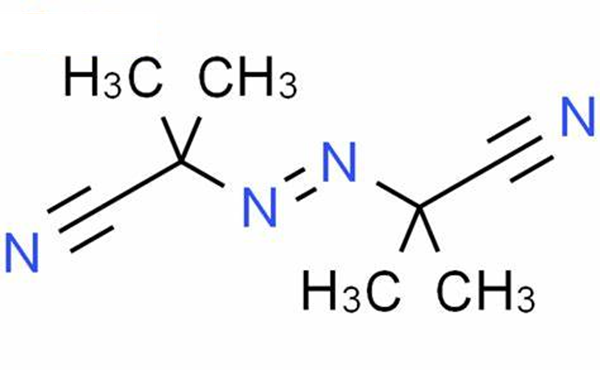Active Pharmaceutical Ingredients (API), popularly speaking, are the raw materials of medicines, only pharmaceutical raw materials are processed into pharmaceutical preparations , can they become medicines available for clinical use, so drugs we usually eat are the finished drugs through processing. Active Pharmaceutical Ingredients based on its sources can be divided into two major categories ,including chemical synthetic drugs and natural chemical drugs. Chemical synthetic drugs can be divided into organic synthetic drugs and inorganic synthetic drugs. Inorganic synthetic drugs are inorganic compounds ( very few is element), such as aluminum hydroxide, magnesium trisilicate which are used for the treatment of gastric and duodenal ulcers ; organic synthetic drugs are mainly composed of drugs made by basic organic chemical raw materials, through a series of organic chemical reactions (such as aspirin, chloramphenicol, caffeine, etc.). Natural chemical drugs ,based on its sources,can be divided into two categories including biochemical drugs and plant chemical drugs. Antibiotics are generally made by the microbial fermentation, which belongs to the biochemistry category. A variety of semi-synthetic antibiotics occurs in recent years,which are biosynthesis and chemical synthesis combining products.Among active Pharmaceutical Ingredients, the organic synthetic drugs varieties, yields and values have the largest proportion,which are the main pillars of the chemical and pharmaceutical industries. The quality of active Pharmaceutical Ingredients decides whether the formulation is good or bad , so its quality standards are very strict ,countries in the world have developed national pharmacopoeia standards and strict quality control methods for its widely used active Pharmaceutical ingredients.
Exploring the Dual Nature of 1,2-Dimethylhydrazine Dihydrochloride: Applications and Toxicity in Chemical Synthesis
1,2-Dimethylhydrazine Dihydrochloride is a compound of great importance in chemical synthesis and pharmaceutical development.
Apr 23,2024 APIEnhancing Drug Efficacy with (2-Hydroxypropyl)-γ-cyclodextrin: Synthesis, Applications, and Pharmacokinetics
Synthesis of (2-Hydroxypropyl)-γ-cyclodextrin involves the chemical modification of γ-cyclodextrin, a naturally occurring molecule made up of eight glucopyranose units.
Apr 23,2024 APIExploring the Versatile World of 2-Chloro-3-iodopyridin-4-amine: Insights into Its Structure, Mechanism, and Multifaceted Applications
2-CHLORO-3-IODOPYRIDIN-4-AMINE is a compound that has attracted great attention in the field of chemistry, especially in drug research and development.
Apr 23,2024 API17-AAG: Antitumour Activity and Its Molecular Mechanisms
17-AAG exhibits potent antitumor effects across various cancers, with reduced toxicity, targeting multiple pathways for promising oncological treatments.
Apr 23,2024 APIExploring the Multifaceted World of 4-Aminohippuric Acid: Synthesis, Applications, and Clinical Insights
4-Aminohippuric acid, commonly known as PAH, is a compound of significant interest in the fields of chemistry and medicine.
Apr 23,2024 API2,2'-Azobis(2-methylpropionitrile): Application and Related Research
2,2'-Azobis(2-methylpropionitrile) (AIBN) is a monoazo compound that promotes or initiates free radical reactions.
Apr 22,2024 APIMechanism of the Deprotonation Reaction of Alkyl Benzyl Ethers with n-Butyllithium
n-Butyllithium is an organolithium reagent, a good nucleophile and a strong base (pKa ~ 48). n-Butyllithium is a good nucleophile and a strong base (pKa ~ 48).
Apr 22,2024 APIWhat is the difference between benzocaine hydrochloride and benzocaine?
Benzocaine occurs in two forms: a crystalline salt (benzocaine HCl) that is soluble in water at 0.4 g/L and a nonwater-soluble basic form.
Apr 22,2024 API2,2-Bis(3,4-dimethylphenyl)hexafluoropropane: Key Roles in Industrial Synthesis and Its Preparation Method
2,2-Bis(3,4-dimethylphenyl)hexafluoropropane enables efficient, high-yield synthesis of industrial compounds, ensuring quality and scalability in diverse applications.
Apr 22,2024 API2,3,5,6-Tetrafluoroterephthalaldehyde: Chemical Characteristics and Versatile Applications in Material Synthesis
2,3,5,6-Tetrafluoroterephthalaldehyde enables F-COPs for PFC removal and COFs for NAC extraction, showcasing potential in environmental remediation and compound detection.
Apr 22,2024 API












